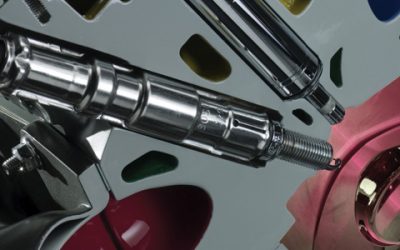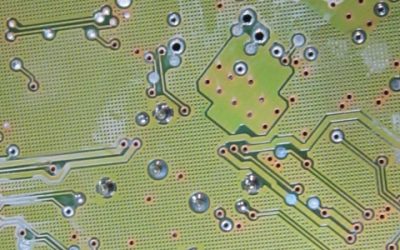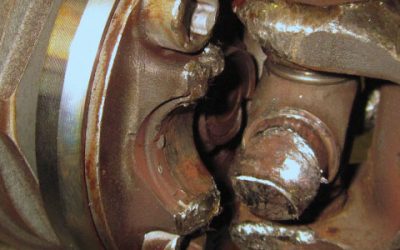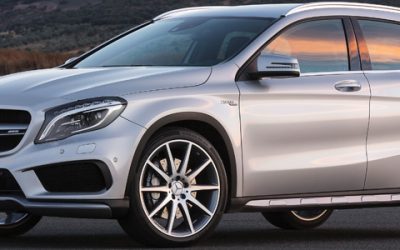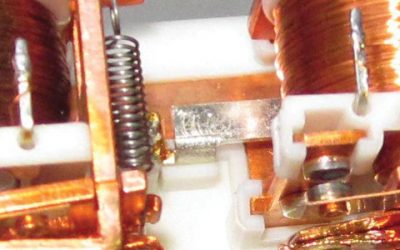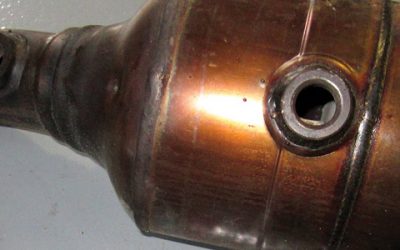Learning these basics can save your life – what not to touch or do, and when to refer customers to a dealer.
Vehicle Safety Evolved: Safety System Functionality During Collision Repair
Not that many years ago, the advanced safety systems found on Mercedes-Benz vehicles would’ve been considered science fiction, and there’s no question that they’ve helped prevent thousands of accidents. So, you sure don’t want to compromise their functionality during collision repair.
Reformulated Gasoline: Watch Out for Quality Variation!
Misfires, knocking, volatility problems and other issues can occur due to lack of adequate fuel quality controls. RFG quality variations can result in different engine performance from one tankful to the next.
Getting to know SAM
These modules have been in production since just before the turn of the century, but if you still don’t understand their functions diagnosis will be more difficult than it has to be.
Shake Down Driveline Vibration – Diagnosing Driveline Components
While tracking down the source of bad vibes may not make you a lot of money, it sure can make you a hero to your customers.
Get Ready for Aluminum and Ultra-High-Strength Steel: Mercedes-Benz 2015 C-Class and GLA-Class
It boils down to getting three things: application-specific repair information, proper tools, and a little practice with working aluminum alloys or using new welding equipment on the various grades of high strength steel.
CHANGE IS INEVITABLE: Pulse Width Modulation – Dealing With EFI
You’ve been dealing with this concept ever since EFI became popular, but now applications are seemingly everywhere.
Fuel Trim: Adapting to the Unknown
The concept has been around for decades, but many technicians still don’t get it. This clear explanation should help.
Electronic Stability Control: It All Starts with an Idea
The way it works can seem pretty miraculous. Understanding it doesn’t require divine inspiration, however.
Potential Consequences of Installing Custom Aftermarket Wheels and Tires
It’s a good bet that some of your customers consider their Mercedes-Benz vehicles a fashion statement. Maybe they’re wild about some particular wheel and tire combination that’s impractical, maybe even unsafe. What do you do?
What is StarTuned?
StarTuned is a quarterly publication, available in print, first. To get the next printed issue, contact your local MB dealer and ask to be included on the mailing list. Or, order one through the publisher, Automotive Data Media.



